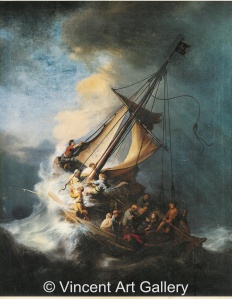Today, we had the great opportunity to have the history team introduce our next “Reading and Writing Project”. As always, they have found text that is not only grade level and complex but interesting and something the students would want to read– since everyone loves a good mystery!
The links below note the packets that were created by the history team and given to each student/teacher today to help guide the learning over the next three days.
Reading and Writing Project #2:
Learning Intention:
- I will read and respond to complex text
Success Criteria:
- I can use close reading strategies to cite evidence
- I can organize thoughts to write clearly and accurately
- I can analyze multiple text to build knowledge
- I can write a complete paragraph in one sitting
- I can reflect on my work to identify my learning and next steps
On our daily broadcasts, the history team introduced their topic with the students watching two videos about Amelia Earhart to help them build background knowledge and also address the standards that address learning through reading multiple text, learning from media sources, holding conversations, and learning from each other.
The videos previewed on the broadcast about Amelia Earhart are noted below:







